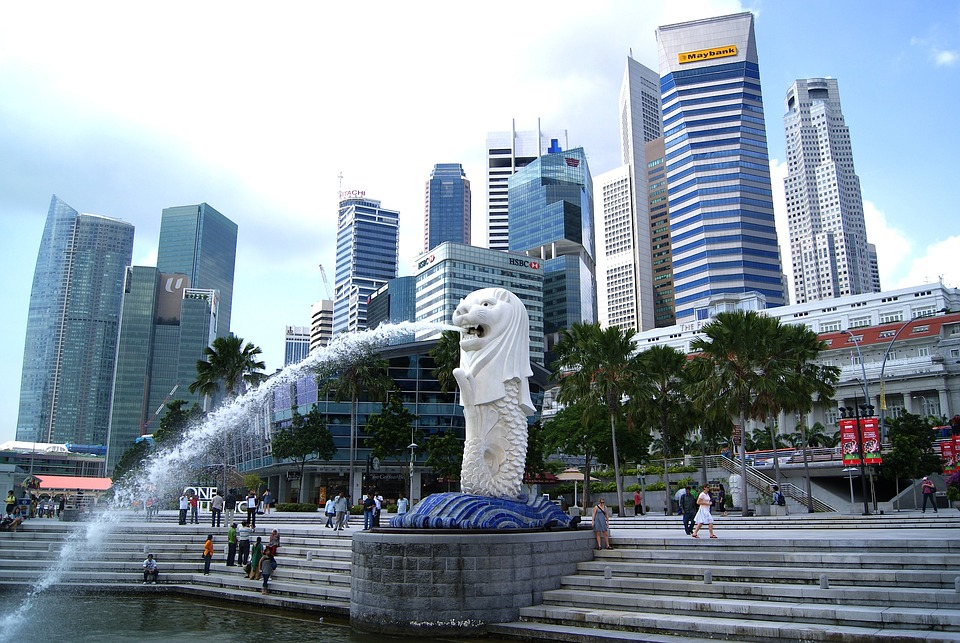Singapore is a renowned global business hub that offers one of the most attractive environments for investors and entrepreneurs looking to launch companies in Asia and its environs.
Friendly business practices, strategic location, and robust infrastructure are responsible for the favorable ranking as one of the best destinations for business registration. You reap these benefits by forming your company following the simple steps outlined below.
Step 1: Decide on the Business Structure
Choose a business structure the Singapore law provides and meets your needs if you consider company formation Singapore. When doing this, consider the capital requirements, liability protection, legal entity status, and other factors that address your unique needs.
Private Limited Company
Many entrepreneurs in Singapore who want to launch businesses that are separate legal entities from the shareholders launch Private limited companies. Remember, this feature limits your liability to the capital invested. Besides, it allows you to access government grants and incentives.
Limited Liability Partnership
Consider this structure if you are a professional, like an accountant or a lawyer. It offers the flexibility of a partnership and can give each partner limited liability. That means you are not accountable for the obligations and debts of the company except in cases involving fraud and wrongful conduct.
Sole Proprietorship
Another incredible business structure you can consider when registering a company in Singapore is a sole proprietorship. It is the most suitable if you are looking for a straightforward structure. If you pick this, the law will treat you and the company as the same legal entity. So, it gives you complete control of your business and requires limited capital, but your assets can be at risk if the company incurs debts or faces legal issues.
Partnership
Partnership could be ideal if you are two or more investors with a common business goal. You can structure it as a general partnership if you want each to be personally liable for company liabilities and debts. Alternatively, you can choose a limited partnership to give some partners limited liability.
Step 2: Choose Company Name
After choosing the business structure that suits you, select and reserve a name that complies with the Accounting and Corporate Regulatory Authority (ACRA) requirements.
Ensure the name is unique and not reserved by another company. Besides, it should not be rude or infringe on any trademarks. If you comply with these basic rules, ACRA can approve it in one hour and a few weeks and reserve it for 60 days.
Step 3: Apply for Company Registration
To proceed with the registration, file the registration application form. The requirements will vary depending on your preferred business structure. For example, if you want to launch a private limited company, you need at least one Singaporean director to register the company. Also, get at least one shareholder and a locally registered address.
For a limited liability partnership company in Singapore, you must be partners with a common goal, preferably professionals. Moreover, the law requires that you provide a partnership agreement outlining obligations, duties, and rights for all and each partner.
Nevertheless, unlike in the above cases, you will not require shareholders and directors to register a sole proprietorship in Singapore. All you need to do is obtain the necessary licenses, depending on your business type.
For a partnership, an agreement outlining the responsibilities and rights of each partner is critical. Besides, this document provides the agreed profit-sharing arrangements and procedures for resolving conflict.
Submit the relevant documents, including the constitution and details of the directors, to ACRA through the BizFile+portal. Remember, unless you are a sole proprietor, you need a constitution to get approved. You can make one from scratch or create one based on ACRA’s model constitution. Also, pay the registration fee along with your submission. The cost will vary depending on your chosen business structure.
Step 4: Post-Registration
You are almost through after completing the above registration processes. However, you need to do a few more things to operate legally without any risks.
Receive a Certificate of Incorporation
Whether you’ve followed all the above steps, you should wait until you receive the Certificate of Incorporation because it officially indicates that your business is a legal entity. Check your emails a few hours after registration to determine whether ACRA has sent it. The certificate should include your company’s name and business registration number. The soft copy is good enough, but you can request a hard copy for a small fee.
Get a Business Profile
ACRA provides business profiles for free. This document is also essential, as it serves as your company’s identity.
Apply For Business License
After registering your company, you might need to apply for a business license, depending on your business activities. Note that the registration doesn’t protect you from legal action if you should apply for a license but fail to do so. Therefore, complete this process before starting your daily operations.
Register for Goods and Services Tax (GST)
If your annual turnover can exceed S$1 million, you must register for GST, equivalent to value-added tax(VAT) in many countries. While you can do this later, acting as soon as you receive your registration certificate is safer to avoid legal issues. Small businesses that cannot generate a high annual turnover are not required to comply with this law.
Summing Up
Forming a company in Singapore is simple if you understand the basics. You can follow this step-by-step guide to create one in hours or days. Once you choose your preferred business structure and the company name, you apply for registration and pay the required fee to ACRA. To be successful, you should also observe the applicable laws after receiving your registration certificate.




